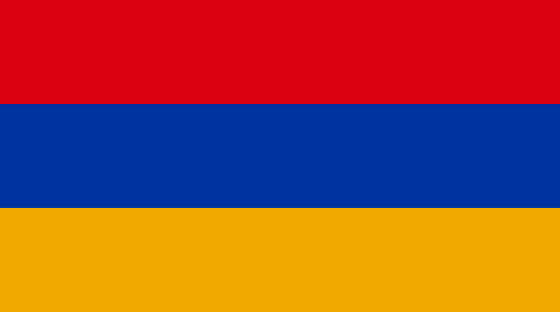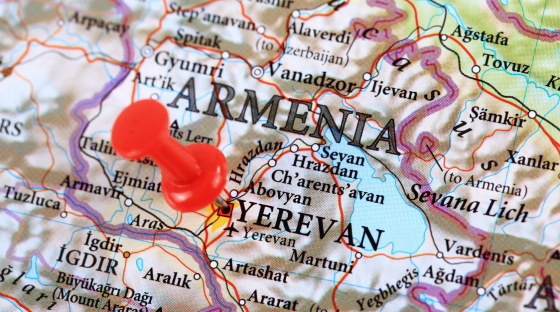-
Services
-
Software Project Delivery
-
Services
-
Solutions
-
Technologies
-
-
Network
-
Discover
-
Regions
-
Industries
-
Must-Read Guide
-
2025 Global Software Outsourcing Rates and Trends GuideDon't get left behind—discover the latest rates and strategies for success in the global software development outsourcing market in 2025.
-
-
-
Resources
-
Our Resources
-
New eBook
-
 The True Cost of Software DevelopmentHidden costs can wreck your budget. Our new eBook breaks down the true cost of outsourcing—get your copy to stay ahead.
The True Cost of Software DevelopmentHidden costs can wreck your budget. Our new eBook breaks down the true cost of outsourcing—get your copy to stay ahead.
-
-
Webinar On-Demand
-
Stop Chasing Low Hourly Rates: Unlock the True Value of Offshore DevelopmentReduce development costs without compromising quality.
-
-
Featured White paper
-
Unlock Offshore Success with Accelerance AlignDiscover how Accelerance Align helps businesses overcome software outsourcing challenges through expert guidance, cultural integration, and tailored strategies.
-
-
-
About
-
About Accelerance
-
Our History
-
Accelerance: Our HistoryThere's great talent everywhere and great teams everywhere, which is the basis of the Accelerance model.
-
-
Software Without Borders
-
New Episode Every Week!Tune into our podcast Software Without Borders, the essential listen for technology leaders and business owners in the software sector who crave insights from the industry’s top minds.
-
-
Andy's Book
-
Synergea: A Blueprint for Building Effective, Globally Distributed Teams in the New Era of Software DevelopmentPeople are first and locations are secondary when it comes to software development success.
-
-
Armenia

Overview
Nestled in the Caucasus mountain region bordering Turkey and Georgia, Armenia once accounted for 30% of the Soviet Union’s scientific and military electronics research and development. In fact, the first computer in the Soviet Union was developed in Armenia. It’s now emerging as an innovative outsourcing location that does not sacrifice quality of work for cost savings.
Foreign investment is concentrated in the technology sector, which is growing at an average annual rate of 20%. The Engineering City Project, developed by a partnership between the government of Armenia and a consortium of private companies, is expected to ensure it continues its reputation for innovative tech and engineering solutions.
Armenia is classified as an upper middle-income country by the World Bank, with a per capita GDP of approximately $7,000. The country has a 6,000-year-old wine-making tradition and is home to some of the oldest wineries in the world – an industry that’s recently been revived after an enforced switch to producing brandy during the Soviet Union era.
The Accelerance Global Network is the most curated list of high-quality global teams ever assembled.
450
Developers
Total number of developers in our certified partner network by country
2
Certified Partners
Total number of certified partners in our global network by country.
15hrs
Time Travel (From NY)
Average flight time from NY to the major cities in the country.
50
Partner Innovation capability
The score reflects investment in STEM progrms and IT funding by country.
60
Partner Skill Level
Level of workforce skills and quality of education, including factors such as digital literacy, interpersonal skills, etc.
70
Partner Global Competitiveness
National productivity based on 12 core pillars, including government policy, infrastructure, economic stability, etc.
High
Software Outsourcing Readiness
Overall rating, based on the maturity of the tech sector, socio-political conditions, and on-the-ground research by Accelerance.

Talent Pool & Education
Armenia’s tech sector continues to benefit from the government’s commitment to creating a more favorable atmosphere for foreign investment and supporting local businesses, with a recently introduced policy providing a 50% income tax refund for IT companies that hire at least 50 permanent or freelance employees.
Once the Soviet Union’s scientific hub and center of its research activities, Armenia has a highly skilled engineering workforce, supported by specialized university programs. Free science and tech education is provided to thousands of students aged 10 to 18 through robotics and engineering club laboratories; a recent review found 75% of employed young people who’ve been through the scheme end up in the IT sector and 12% have founded start-ups.
The tech sector has also been boosted by an influx of mostly young, skilled migrants from Russia and the relocation of software companies from Ukraine, leading to a reported 50% surge in the number of officially registered IT workers.
Language
Armenian is the official language. After Russian, English is the second-most common foreign language – and the fastest growing. About 40% of the population have basic knowledge of English but those in the business and IT sector can be expected to have good skills.

Economic Outlook
The economy is in a good position to continue strong growth, although at about half the 12.6% surge in 2022 that saw it emerge as the fastest-growing country in Eastern Europe and Central Asia. That growth was fuelled by an influx of migrants, businesses, and increased capital following Russia's invasion of Ukraine.
Two years on, the drivers are strong domestic consumption, rising services exports and large net positive capital flows, including government capital investment that has doubled since 2018. The Economist Intelligence Unit Report predicts these factors will see real GDP growth remain robust in 2024-25, while Armenia’s central bank is predicting growth in the range of 5.3-6.4%.
A risk area is any slow down in growth in Russia, its main trading partner. As a landlocked country located in a region of difficult topography, Armenia faces trade logistics challenges. On the plus side, a recent World Bank report identifies its strong expertise in information and communication technology.
A knowledgeable diaspora also provides a foundation for the country to foster innovation, entrepreneurship, and knowledge exchange. In a recent statement, Prime Minister Nikol Pashinyan named the technology sector as a key contributor to an economy that was in the “world’s top 10 for growth in 2019, 2022, and 2023”, despite regional instability.
Political Conditions
Armenia has experienced significant socio-political and economic shocks in recent years: the so-called velvet revolution, the COVID-19 pandemic, conflict with Azerbaijan over disputed territory in the Nagorno-Karabakh region, and an attempted coup.
The peaceful revolution of 2018 saw Prime Minister Nikol Pashinyan and his Civil Union Party win the subsequent election on an anti-corruption platform after street protests toppled the old regime. This signaled a significant shift in domestic politics towards Western values of democracy and human rights. Armenia has since improved its ranking in the Corruption Perception Index by 40 places, the second-best improvement worldwide.
Pashinyan faced protests over his handling of the war with Azerbaijan, especially after his refusal to respond militarily to Azerbaijan's launch of air strikes on the Nagorny Karabakh region. This was followed by a demand from the military for him to step down. In response, he called a snap election that his party won resoundingly, claiming more than half of the votes.
While national and border security remain a concern, a recent poll found 50% believe the country is heading in the right direction – down from a high of 70% when Pashinyan took office but a sign of confidence after the volatility of Armenia’s troubled past few years.
Learn more about our customer stories.
Looking for a customer story in a specific technology or industry? Discover compelling customer narratives within a specific technology or industry that resonate with your unique software development needs.
